Last Updated on August 2, 2021

Ink & Pixel is a source of pride and joy for me as a writer and as such, I’m always striving to take this column further for those who read and enjoy it. If you yourself, or anyone you know, helped to make any of the amazing feature animated films found within this column, I would love to talk to you to further my knowledge. Please contact me at [email protected] so we can discuss it further.
If you ask me, I’d say that comic book related films have come a long way. I can recall a dark and dreadful time between the years 1984-1986, when all the comics-to-film industry had to offer us were films like SUPERGIRL, THE TOXIC AVENGER, and HOWARD THE DUCK. Me oh my how times have changed. Now we have films like THE AVENGERS, WATCHMEN, and Nolan’s Batman Trilogy to feast our eyes upon. Throughout the past several years, time and technology have worked hand in hand with some of the most brilliant minds in Hollywood. Together, they’ve delivered some of the greatest film special effects that we have ever seen. We’re no longer living in the days of THE ROCKETEER, folks. Today we have movies like IRON MAN 2 pushing the boundaries of what we can do with digital effects. It’s a mighty impressive time for both film and comics wouldn’t you say?

At the start of IRON MAN 2, we find that Tony Stark (Robert Downey Jr.) has settled quite well into his role as one of the world’s first true superheroes. He’s more popular than ever with the ladies, he’s become an even brighter beacon of hope within the tech industry, and oh yeah, he’s flippin Iron Man! There’s only one problem. Tony Stark … is dying. You see, the arc reactor in the center of Tony’s chest (you know, the one that keeps him alive) is steadily poisoning him. This grim reality – along with a growing demand to turn his Iron Man technology over to the government – causes Tony to spiral out of control.

Meanwhile, in the dark recesses of the Soviet Russia, a scientist by the name of Anton Vanko (the man who helped Howard Stark develop the world’s first arc reactor) has died. Anton’s son, Ivan Vanko (Mickey Rourke),sickened by the thought of his father having passed away without the proper recognition for his invention, Ivan Vanko (Mickey Rourke) has sworn vengeance upon the Stark name and is now out for Tony’s blood. Helping Vanko on his quest for Iron Man’s ruin is the slippery, dollar store version of Tony Stark – Justin Hammer (Sam Rockwell). With the money and resources of Hammer Tech at his beck and call, Vanko (as Whiplash) soon becomes the greatest enemy Iron Man has ever faced. Tony is suddenly left with no choice but to sober up and become once more the Iron Man that the people need him to be.

When making IRON MAN 2, writer/director Jon Favreau and his team really only needed to ask themselves one question: How do we make our sequel bigger and better than the previous film? With the success of the first IRON MAN film, it was now clear to the masses that comic book related films could be something more than just “entertainment for nerds.” Marvel Comics and Favreau had nursed a flickering flame into a bonfire of possibilities – now it was time to find out just how high the flames could rise.

It goes without saying that the most important part of making a film filled with over the top characters and effects is to be sure that your cast and design team are on point. When tasked with designing the film’s primary villain, Whiplash, Ryan Meinerding tooled around with several designs before settling on the final look and functionality of Vanko’s own arc reactor-powered suit. Many of Meinerding’s early designs featured the suit as being something far more internal. At the start, the suit featured only a limited number of pins and metal workings exposed beyond the shell of Vanko’s own flesh.

It was quickly decided that this more “internal” design simply would not do, and so Meinerding began sketching suits that were far much more external, and elaborate. In the end Whiplash was brought to the screen wearing a suit not unlike Tony’s Iron Man suit design from the first film – comprised of several spare parts – all expertly fused together to create a very personal weapon of mass destruction.

Because of the technological leaps made since the first Iron Man film, the team in charge of IRON MAN 2 realized that the method of using key frames for the film’s animation sequences was no longer a viable option. A key frame is a drawing that defines the starting and end points of any smooth movement in film animation. These drawings – called “frames” due to the fact that they are measured by a single strip of a film’s length – define the timing of movement in a film’s animated sequences. The team in charge of IRON MAN 2, wanting their audience to leave the theater with a much more dynamic and inspiring range of emotions than the first film, headed to Industrial Light & Magic in San Francisco, California to capture the more effects driven scenes of IRON MAN 2. This would require the use of motion capture technology.

Because of the technological leaps made since the first Iron Man film, the team in charge of IRON MAN 2 realized that the method of using key frames for the film’s animation sequences was no longer a viable option. A key frame is a drawing that defines the starting and end points of any smooth movement in film animation. These drawings – called “frames” due to the fact that they are measured by a single strip of a film’s length – define the timing of movement in a film’s animated sequences.

The team in charge of IRON MAN 2, wanting their audience to leave the theater with a much more dynamic and inspiring range of emotions than after the first film, headed to Industrial Light & Magic in San Francisco, California to gain the more effects-driven scenes of IRON MAN 2. This effort would require the use of motion capture technology.

Motion capture (MoCap) in the film industry is, of course, the method of recording the movement of objects and people to be used on screen and inside of film. Where key framing only allows for the “key” moments of a person or object to be filmed (leaving the effects team to fill in the gaps), motion capture allows for the entire movement of an object to be captured – later to be translated onto the screen. The IRON MAN 2 team used motion capture to choreograph and film the various fight scenes showcased in the film. To do this – skilled men and women (wearing special MoCap suits) would act out the complicated sequences and record them for the primary actors of the film to mimic at a later time. Essentially, the actors only need study the recordings before stepping in front of the camera to lend their likeness to the scene.

During the motion capture process, both Robert Downey Jr. and Don Cheadle (as Iron Man and War Machine) were found wearing a very minimal amount of actual gear during filming. Essentially, everything recognizable about the suit (from the torso up) was stripped away and replaced by what the effects team at Industrial Light & Magic referred to as a “football suit.” This special suit – complete with light and motion trackers – tracked the actors every movement, including the more elaborate gestures seen in the various fight sequences throughout the film. The remaining armor for each suit would then be “grafted” to the sensors in post-production to complete the look.

Of all the exciting action sequences Favreau packed into this movie, “The Historic Grand Prix of Monaco” action sequence was easily one of my favorites. For those of you who aren’t familiar with the popular tournament; The Historic Grand Prix of Monaco began in 1997 and is a bi-annual racing event that takes place in the beautiful city of Monte Carlo. The race is held on the same track as the Formula 1 Grand Prix and features a focus on the charming racing cars of old. Usually reserved for people with a lot of money, this race happens two weeks before the F1 Grand Prix of Monaco to the delight of racing enthusiasts all over the world.

For IRON MAN 2, a section of the Monaco circuit was cordoned off specifically so that the crew could capture much of the sequence’s events on film. To cut back on production costs, Favreau hired local stand-in actors to play the major (non-speaking) roles of Tony, Pepper, and Happy. Also waiting for Favreau and his crew on the set of the Monaco raceway were a series of racing cars. Affixed to each of the cars were blank license plates that would later be completed in post-production.

Back home in California, set designers and effects engineers were on location at the Downey Studio building a replica of the Monaco Raceway for primary filming. It was on this track that all of the scenes involving the film’s major actors took place. These scenes become particularly impressive once the destruction started. In the film, Whiplash invades the racing event and proceeds to inflict massive amounts of damage on the racing cars – slicing them in half with his arc reactor-charged bullwhips and such. It’s been said that it would have been very easy to have made the race cars entirely out of CGI for this sequence, but because the IRON MAN series still likes to include practical effects, it became necessary to “fix” the real life cars so that they could be digitally altered during filming.

Each car “fixed” for damage was divided into sections so it could easily be pulled apart. The cars were also rigged with explosive charges placed strategically around the base of the vehicle. The whole contrustion allowed the team to manage the wreckage and also catapult the cars into the air. Although real explosives and fire were used during these intense scenes, it took the magic of both the practical and digital effects teams to complete the finishing touches. This scene is one of the most bombastic highlights of the film and completely sets the stage for what comes later on.

At the close of IRON MAN 2’s theatrical run, the film had grossed $623,933,331 worldwide. This total made it an even bigger success than the first IRON MAN film (which finished its theatrical run with a worldwide total of $585,174,222). In keeping with the trend of increasing sales, just this past week we saw the release of IRON MAN 3 (this time under the eye of KISS KISS BANG BANG director, Shane Black) and watched it become Tony’s biggest pay day yet with a startling worldwide total of $680.1 million in its first week alone. Holy … wait for it … shit, folks! That’s a lot of genius, playboy, billionaire, philanthropist money to go around.

IRON MAN 2, for better or worse, is an explosive comic book related film that set the bar for all films of the genre to follow in its iron clad footsteps. Say what you want about it “not being as good as the first” or complain about how you’re “tired of seeing Iron Man fight different versions of himself”, but the IRON MAN films will live on in greatness for years to come. The fact of the matter is that comic book related films are crushing the box-office to the point where even the most independent of properties (MIND MGMT, THE SWORD, Y THE LAST MAN) are being considered for the silver screen treatment. The IRON MAN franchise has helped put this genre back on the map, IRON MAN 2 played its role in cementing a place for the comic book medium in today’s biggest Hollywood success stories. Long live Tony Stark and long live Iron Man.


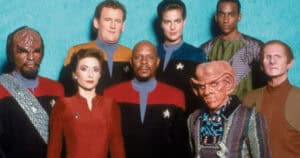
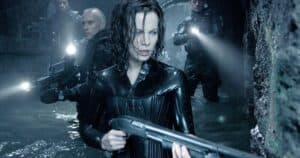
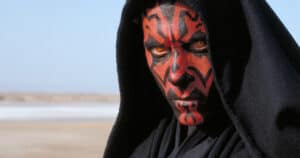
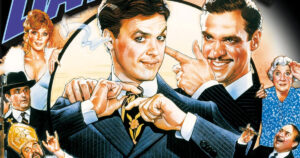
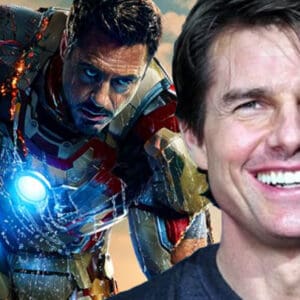
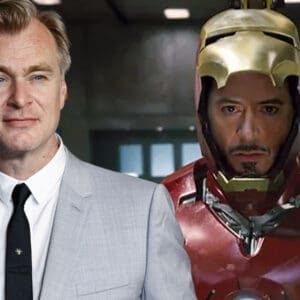
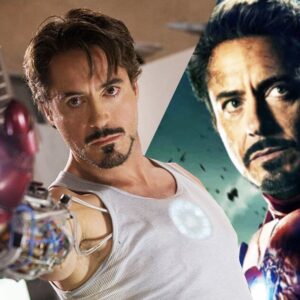
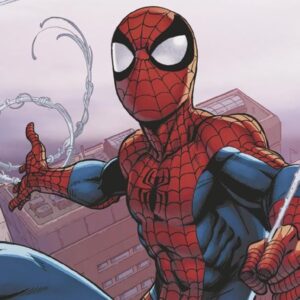
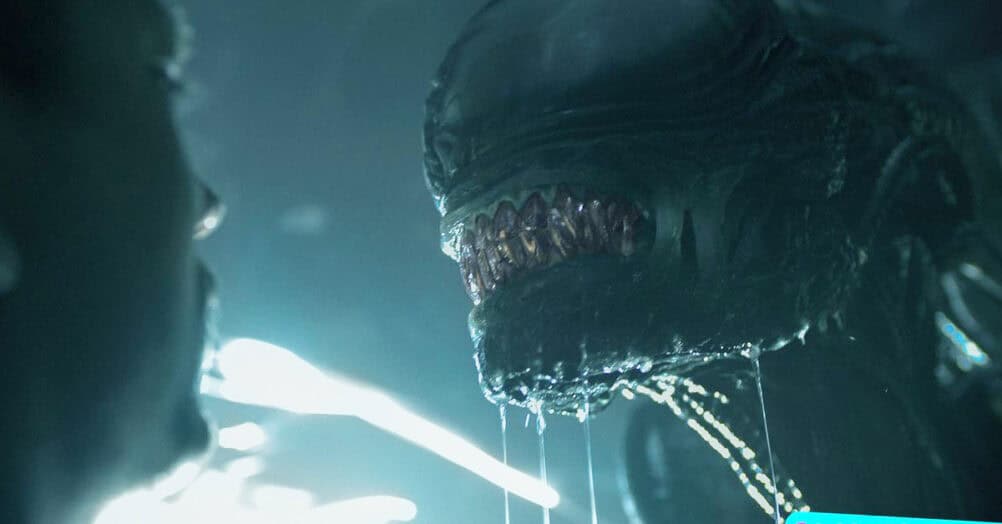
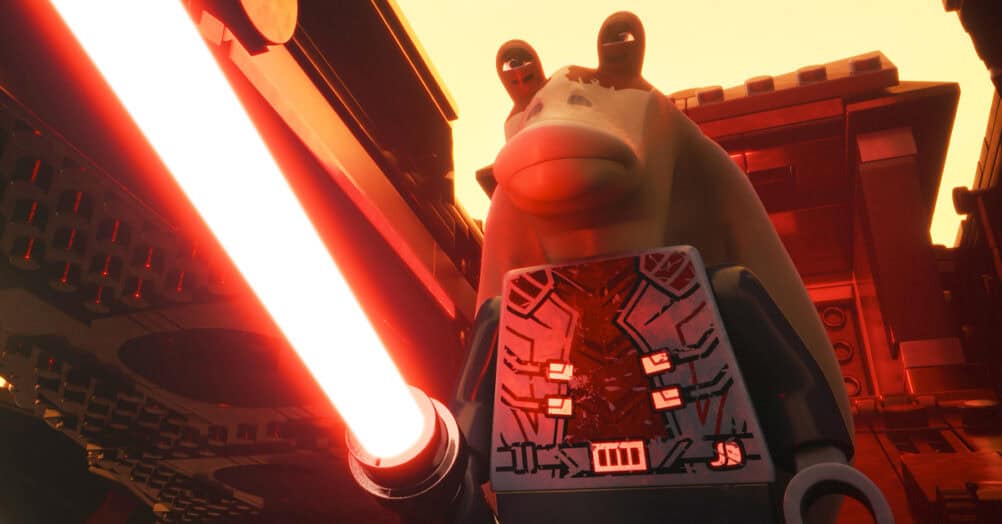
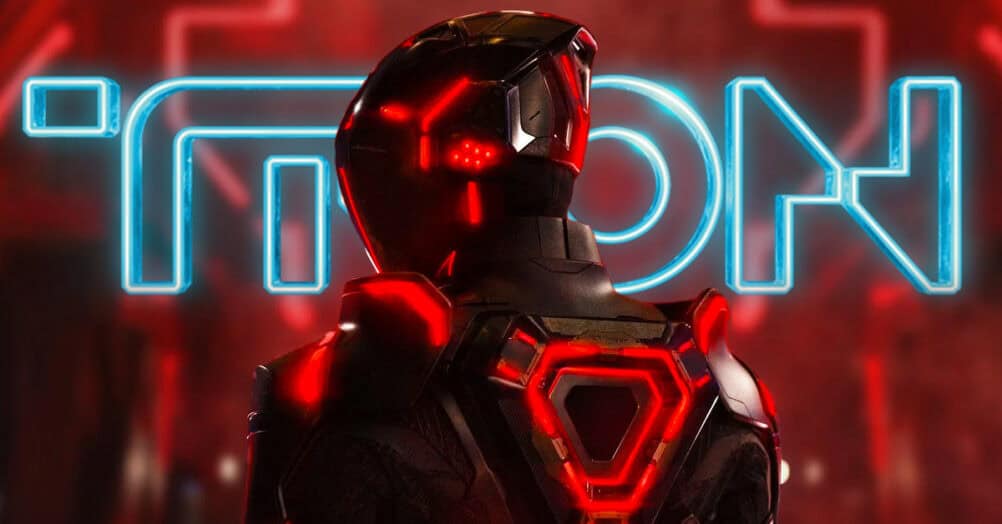
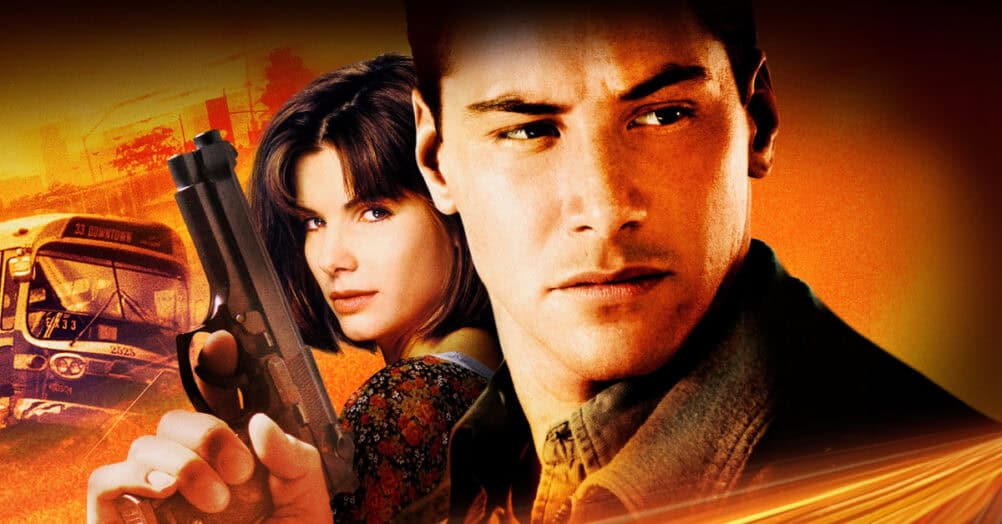
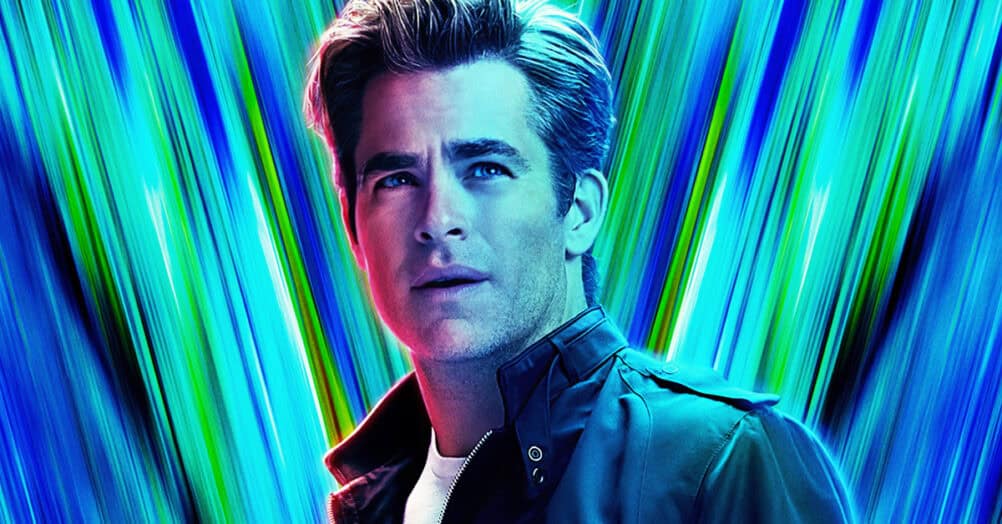
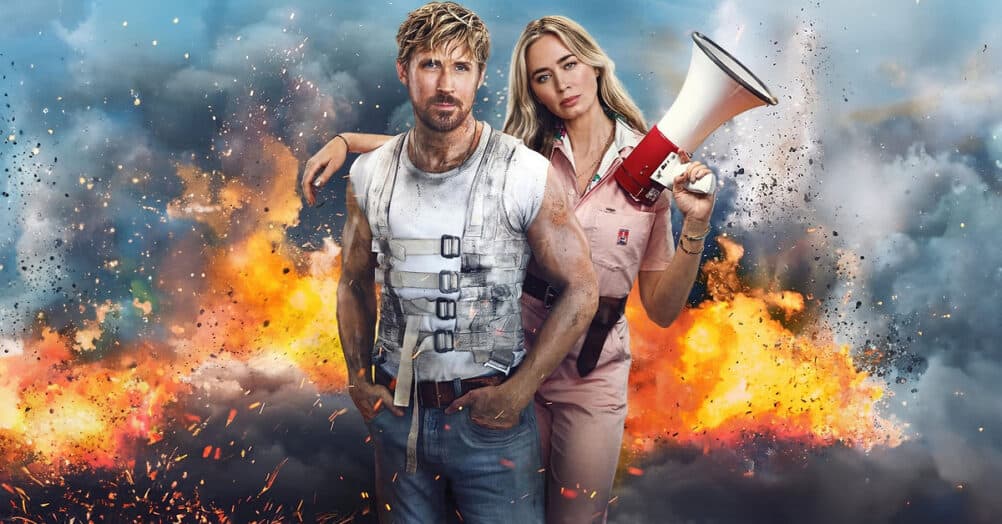
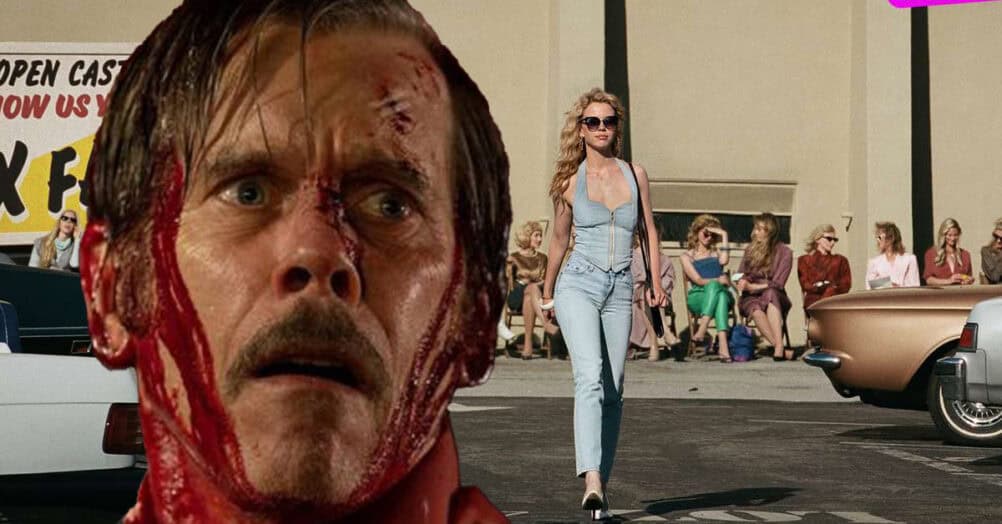
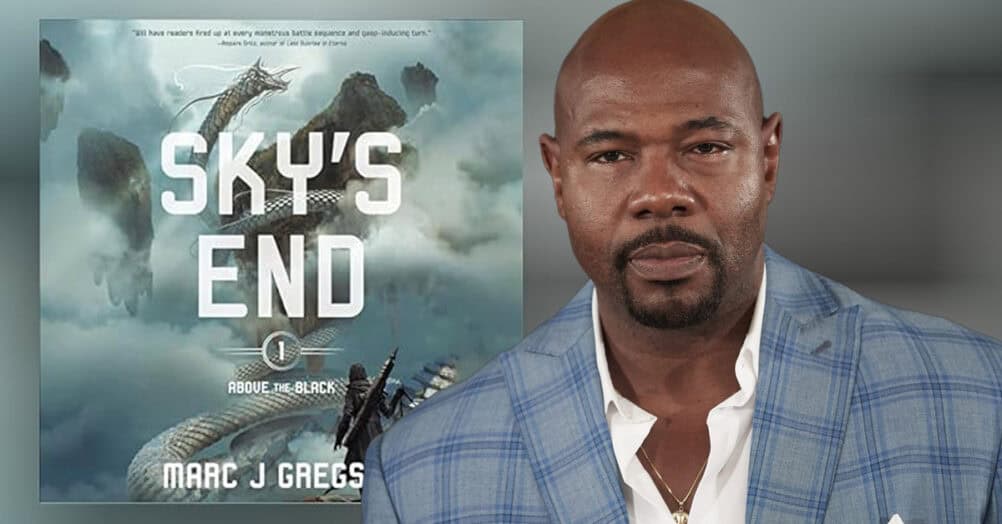
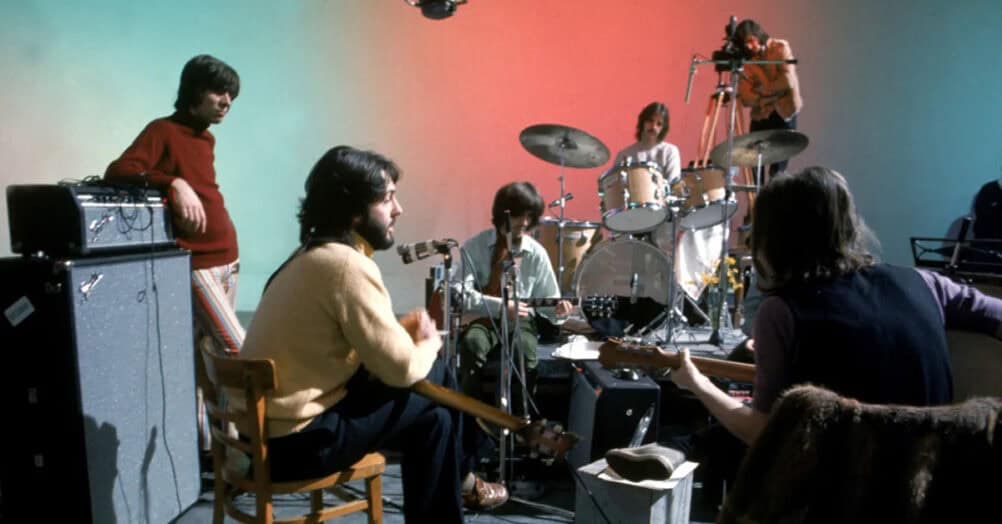
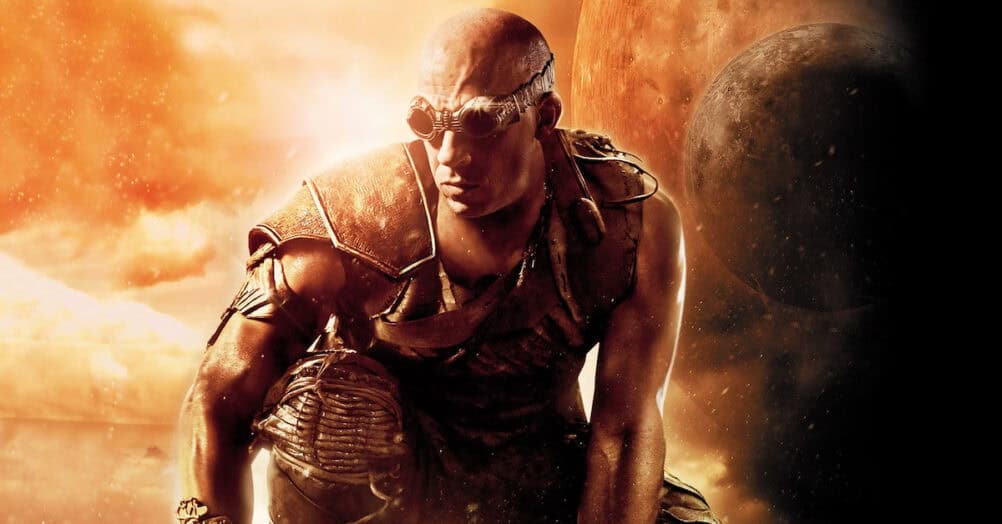
Follow the JOBLO MOVIE NETWORK
Follow us on YOUTUBE
Follow ARROW IN THE HEAD
Follow AITH on YOUTUBE